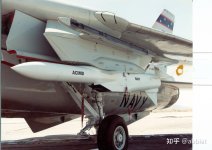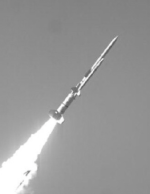I have no desire to discuss with you when I see your profile picture, an obvious Indian fanaticDon't you read AUTHENTIC news as opposed to propaganda ? Why exactly are you here on this forum then ? Didn't you read the threads on the LCA Mk -1 / Mk-1a & the Mk -2 threads on information about the status of the delivery or lack of adherence to it by GE ?
The F-404 is delayed thanks to the Wuhan virus pandemic which jeopardized supply chains all over the world ? Leave aside GE , Airbus Boeing LM Dassault have still not got their supply chains on 100% .
GE has committed that within a years time they will be in a position to supply 20 + F 404 TFs which is September 2025 onwards.
Stick to posting facts , act in good faith & it will be reciprocated. Indulge in mindless propaganda unnecessary boasting & running down Indian programs & you'd get it good. How old did you say you were once again ?
So please continue





